|
My October Scene4 Art Feature, which is reprinted directly following this presentation, served as an introduction to the
Art & Music
exhibition, that was about to open in Boston in late September. At the time, however, I was unaware of the full extent of the musical and art events surrounding this show, something worth a longer look-see. We are now able to repair that omission, via this sequence of live photographs -- to invite you inside the Piano Factory Gallery, to the well-curated musical concerts, and a lively and informative Artists' Panel*.
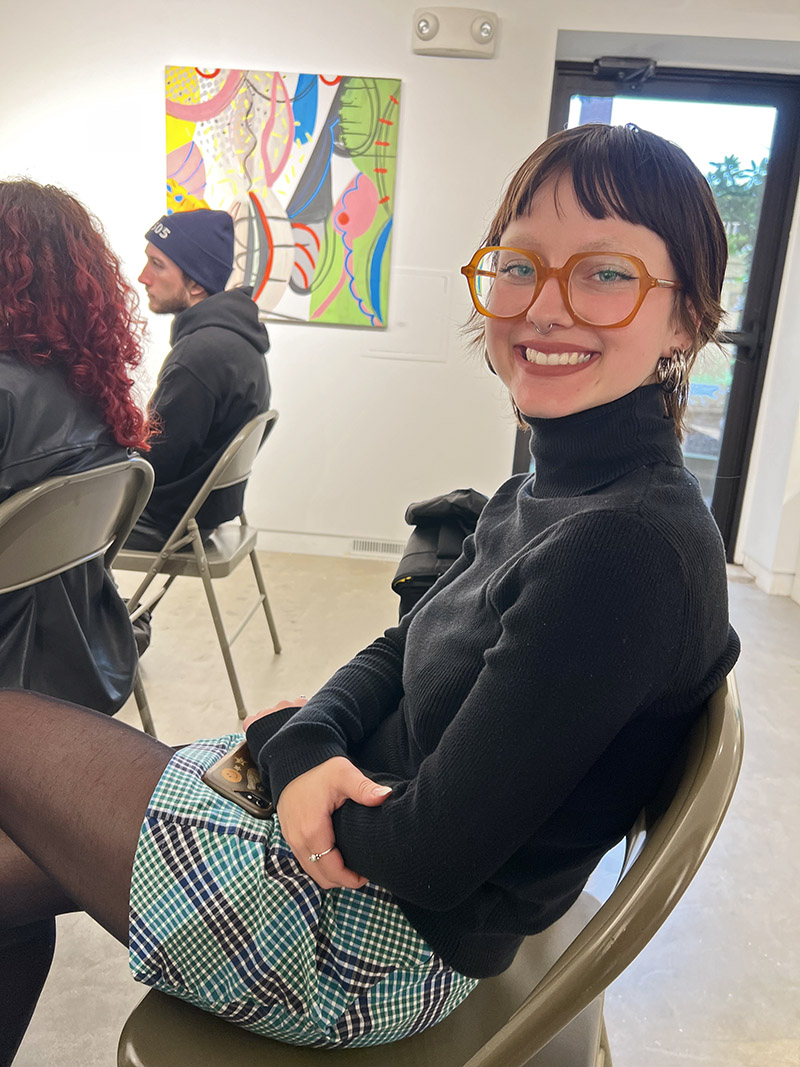
The show co-curator, Virginia Cannella,
unabashedly welcoming one and all!
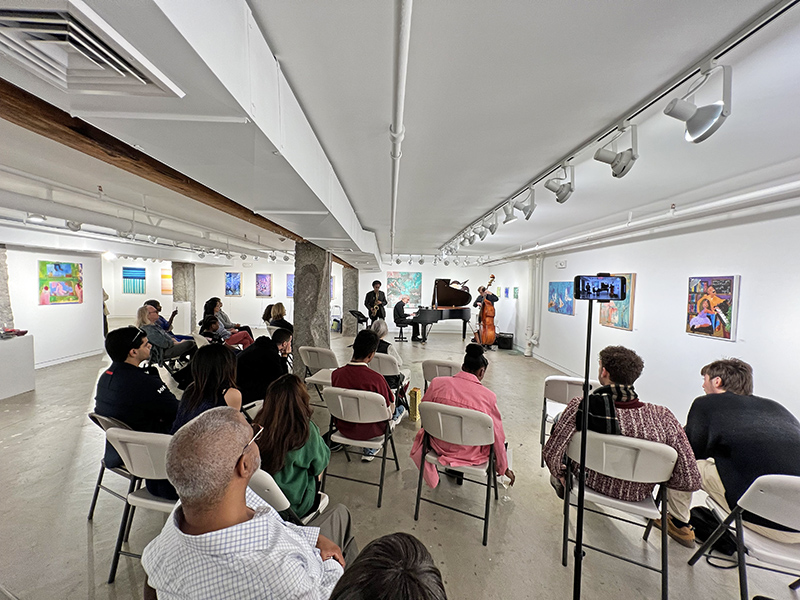
A general view of the Piano Craft Gallery hosting a concert
(view south)
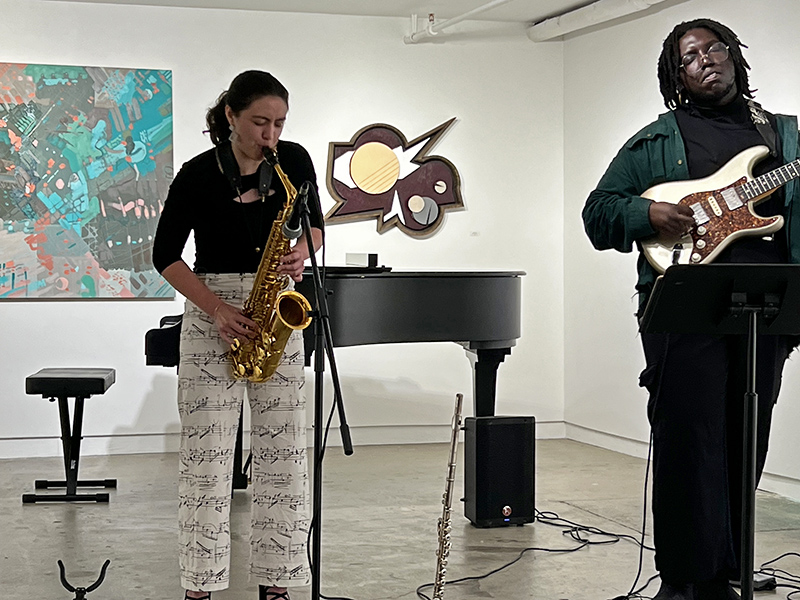
A talented jazz duo Veronica Leahy (sax, flute, piano & voice)
& Emmanuel Michael (base guitar), both performing
original compositions
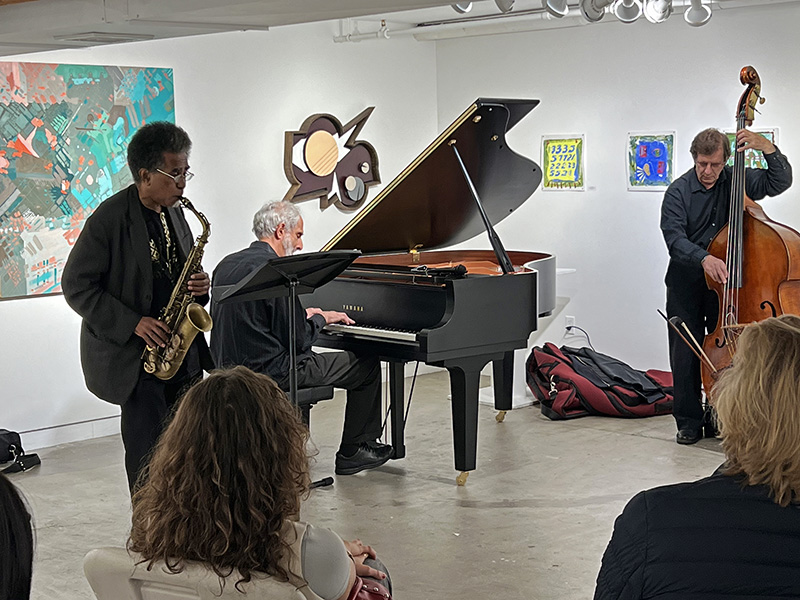
John Kordalewski (on piano) and his Trio,
with masterful jazz standards and classic
jazz improvisation
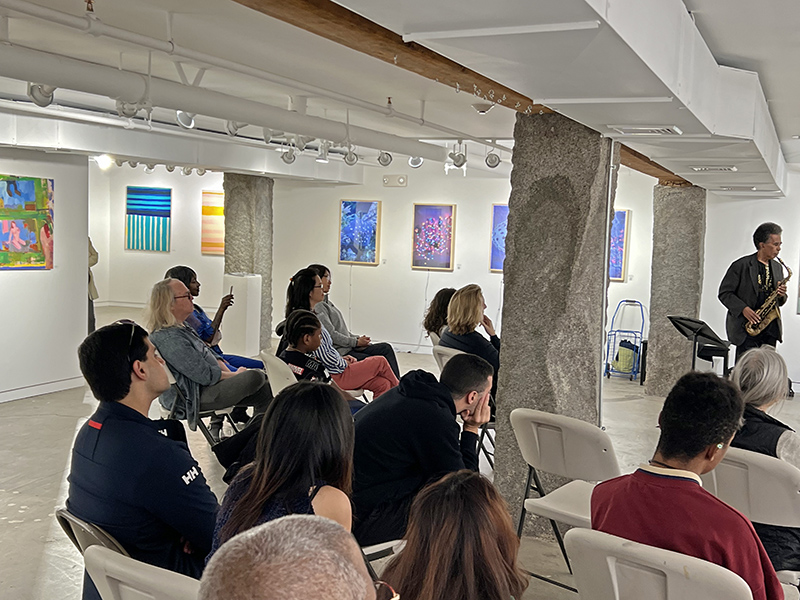
East end of the gallery (with the entrance
to the alcove on left showing partial view
of my paintings)
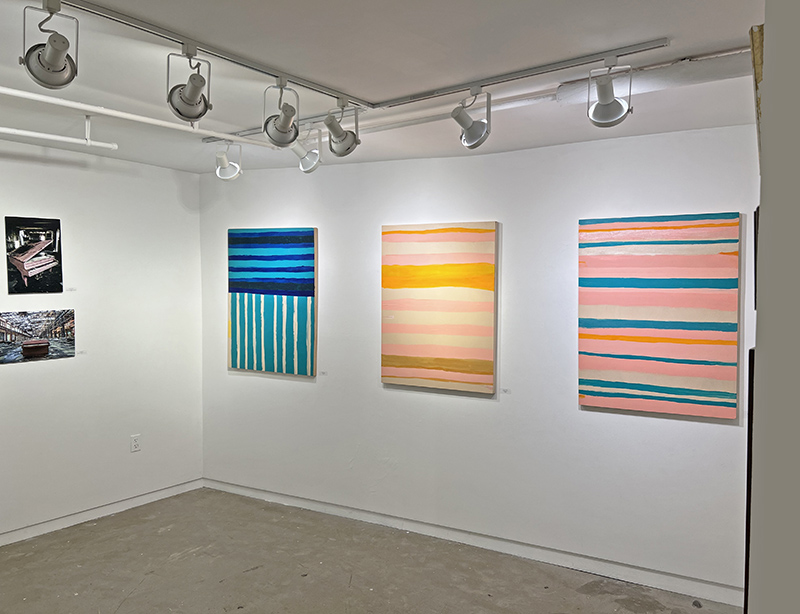
The gallery alcove
(for closeups of the paintings see my October Art Feature, below)
The Art & Music exhibition turned out to be an unexpectedly joyful
experience for me. The co-curators, Eric Grau and Virginia Cannella,
selected three large paintings from my post-minimal series, being seen in
Boston for the first time. The general show installation was impeccable,
and I simply loved what they did with my work. I got a whole wall in a
separate alcove. The recently installed LED lighting brought out beautifully
the color and texture -- two characteristics most easily lost in indifferent
lighting or in reproductions, but essential to the impact of my work. Here,
they shone happily with reflected and partially scattered light, filling the
whole alcove with colored radiance..!
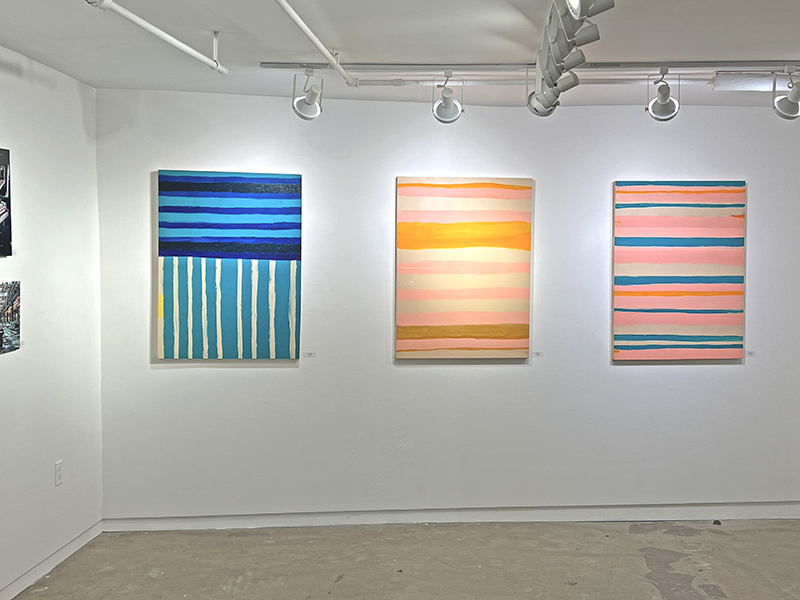
I had never seen these 3 paintings hung together... so well lit and presented
-- an incomparable experience for the artist! I can only liken it to the
feeling of participating in a slow ecstatic dance -- with music to match, of
course..!
The following sequence of live shots is from the Artists' Panel*, with
Victoria Cannella (moderating), DaNice Marshall, and yours truly, held at
the conclusion of this exhibition.



The panel discussion
touched upon the exalted position of
Music at the
top of the Arts pyramid -- as the purest, most directly affecting vibratory
aesthetic experience; it enriches our lives as artists; it is clearly essential to
every human culture. Painting cannot compete with that -- and on the
whole does not need to, having its own visual, sensory and temporal
advantages of, correspondingly, optical color, visible texture, and physical
presence.
Among the many correspondences between these two arts, is the role of the
intervals
, exemplified quite graphically by my three interval paintings in
this show. The inescapable intervals in Music need no explanation. But just
as clearly, my post-minimal paintings in this exhibition are the rhythm, the
interval itself made visible!
Their musical titles are likewise hardly accidental. Years ago I placed this
welcoming note on the landing page of my website; it makes clear why I
jumped at the opportunity to participate in this show:
"These paintings arise from my perception and use of color as a vital,
intense, electric, animating force. You may be tempted to consider them in
musical terms -- color, movement, interval, balance, direction, duration.
You need not resist this temptation..."
Another shared correspondence between Music and Painting has to do
with the way they evoke emotions and the means by which they accomplish
it. I have been known to claim that most of my paintings are done in a major key, and as one of their complex messages, can lead to the emotion
of joy -- borrowing a singularly musical analogy. I am fascinated by the
musical distinction between minor and major keys, and have long
wondered how and why they affect us differently physiologically.
Singing/hearing the blues seems to inevitably lead to a downward
mood/emotional state. Yet, I am also cognizant of how permeable the
boundary between these emotional states is. Have I not heard the
incomparable Ella Fitzgerald, alone among blues performers, sing happy
blues -- and succeed..! (listen to e.g.: Ella Fitzgerald in London.)
Ultimately let it be known that I simply do not paint without music!
*The Artists' Panel, live, 8 Oct. 2023 at the Piano Factory Gallery, is now
available on YouTube (~25min.) --> https://www.youtube.com/watch
?v=fUm5tHvZcAw
* * *
October 2023 Scene4 Art Feature reprinted:
Music and Art, Art and Music
[Epigraph]
"White, therefore, has this harmony of silence,
which works upon us negatively,
like many pauses in music that break temporarily the melody.
It is not a dead silence, but one pregnant with possibilities... ."
~Kandinsky, Concerning the Spiritual in Art
In an academically-oriented town like Boston, the new exhibition season
rolls in in the Fall, in reluctant harmony with its relentless academic
calendar.
My own exhibition season this year begins with a pair of group shows, the
most notable of which concerns a subject that is bound to make a color
abstractionist's heart beat more rhythmically. It's entitled
Harmony: Art and Music
This show takes place, fittingly, in a historic building of a former piano
factory in the South End of Boston. I am told that once upon a time, before
the massive project of filling in part of the Charles River basin in the 19th
century, this factory sat on the very shore, so the freight barges could sail
right up to the building to pick up baby grands and uprights and grand
concert pianos made of exotic woods, to deliver their fancy delicate loads
to any destination.
But back to the exhibition, which features three of my paintings. They were
created within a year of each other, on birchwood panels of the same size,
with shared spatial concerns and compositional preoccupations. The
distinctions, however, are also telling: the comparative starkness and
greater textural complexity in "The Minstrel Show (Intermission)"
underscores the "softer" focus and freer coloristic expressiveness of the
other two panels.
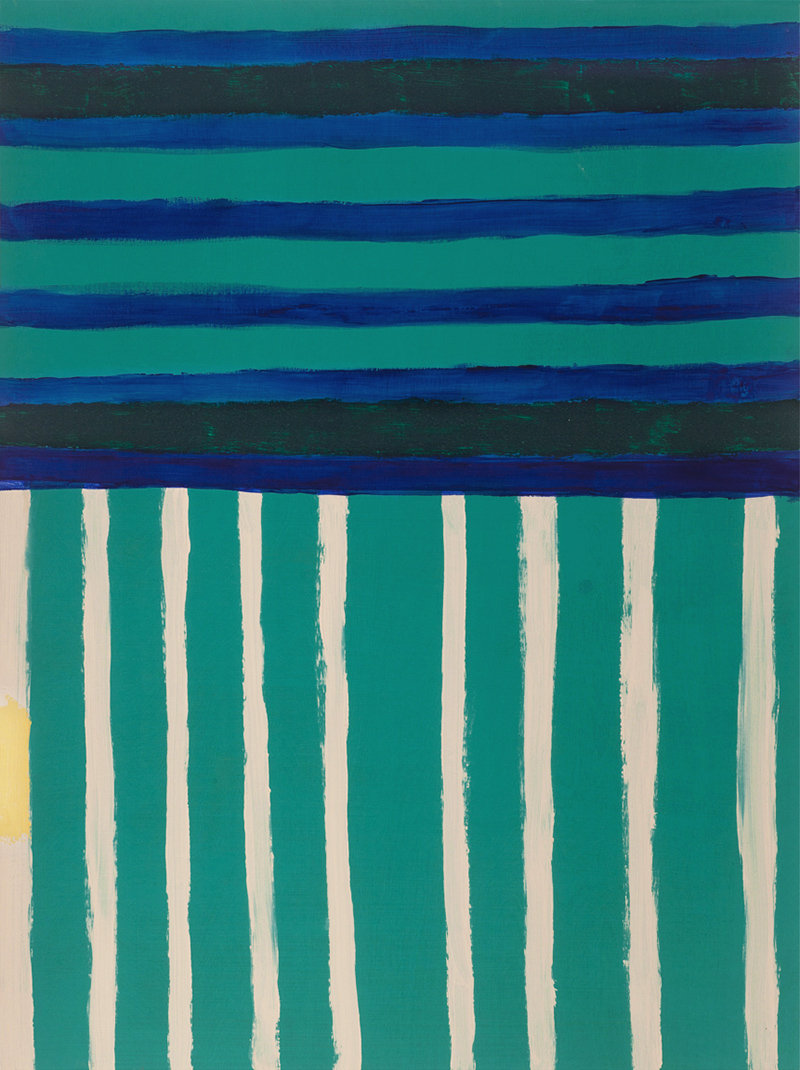
"The Minstrel Show (Intermission)", 40 x 30 in. (102 x 76 cm),
Acrylic & mixed media on wood panel, 2020
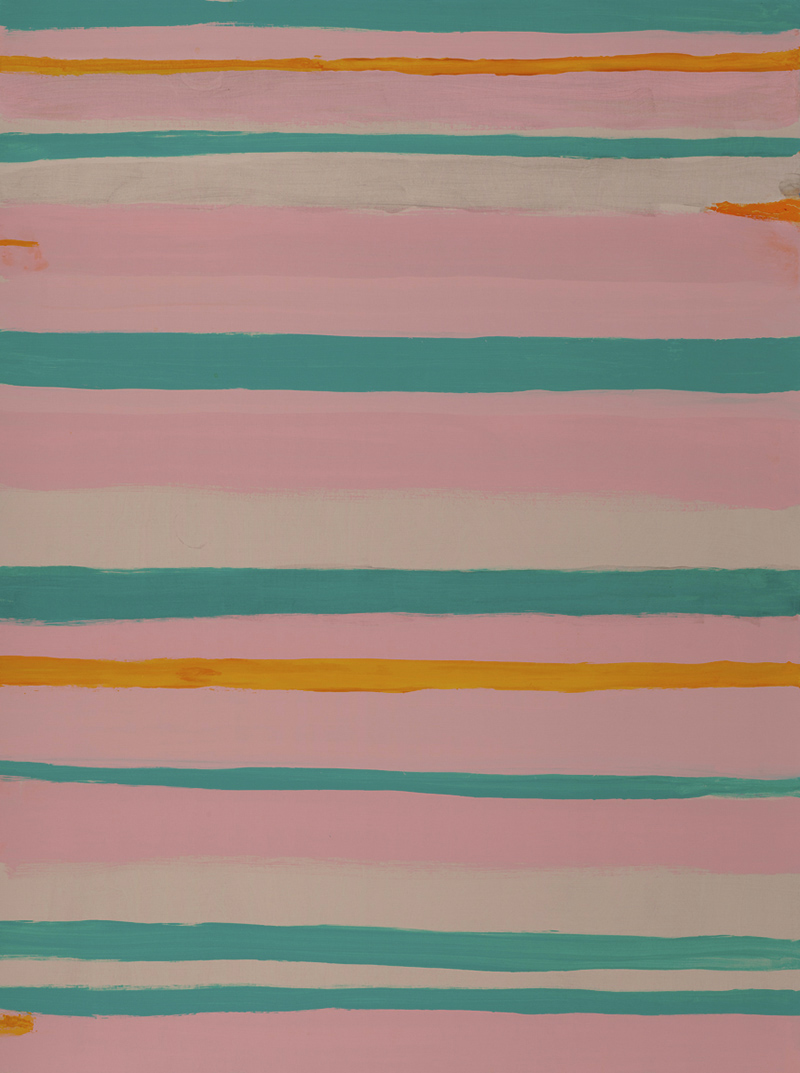
"The Day of Singing", 40 x 30 in. (102 x 76 cm),
Oil stick, acrylic & & mixed media on wood panel, 2020
In the Epigraph quote above, Kandinsky speaks of the many pauses that create a musical composition. Finding and staying with that distinguishing
rhythm is what makes each of these paintings unique.
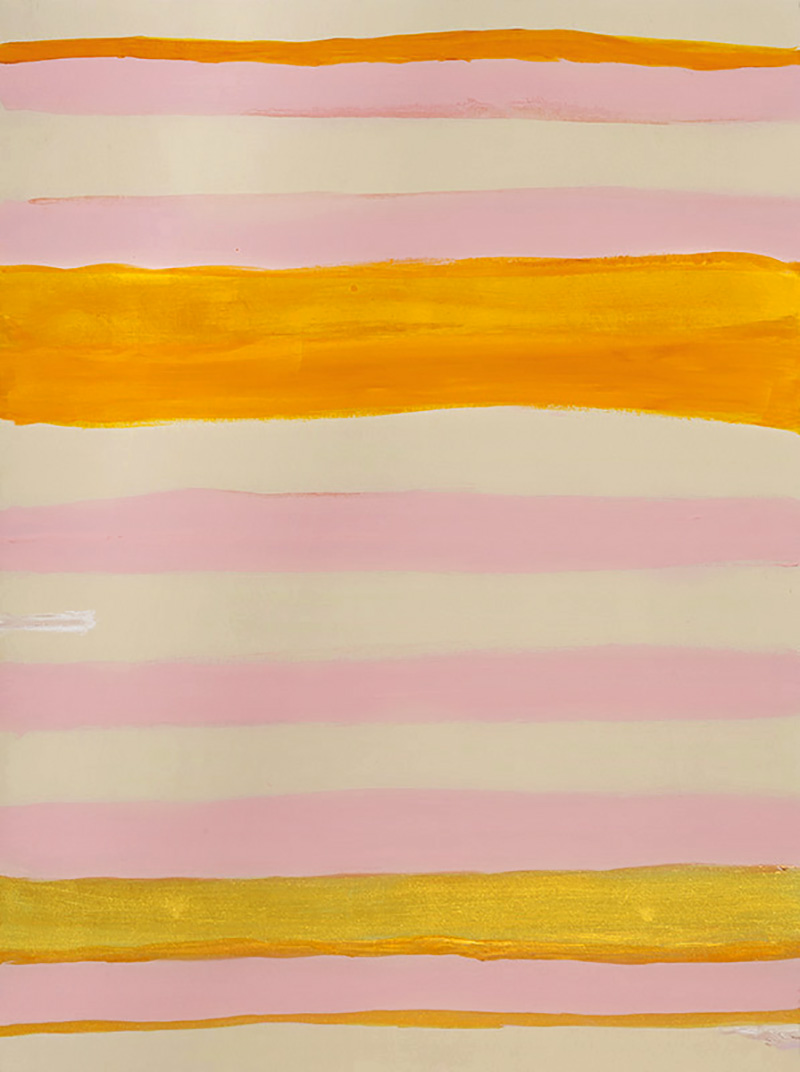
"Lightness of Being", 40 x 30 in. (102 x 76 cm),
Acrylic & mixed media on wood panel, 2021
The musical titles that go with these paintings are hardly accidental; rather, they are revelatory of the vibratory language in which these paintings are
'written'. (In fact, in some languages, such as Russian, "to paint a painting"
is literally "to write a painting" -- "napisat' kartinu"!) The visual analogy to
a sheet of musical notation perhaps is not coincidental either. The pattern
thus created underscores the interval-based nature of organized
information and, broadly, of any deliberate creation.
You may have heard Walter Pater's deservedly famous dictum: "All art
constantly aspires to the condition of music." What you may not have been
given a chance to see, is the following full quotation in his original article of
1877*, where Pater flashes out this elegant proposition:
"All art constantly aspires to the condition of music. … It is the art of music
which most completely realizes this artistic ideal, this perfect identification
of form and matter. In its ideal, consummate moments, the end is not
distinct from the means, the form from the matter, the subject from the
expression; they inhere in and completely saturate each other… ." Pater
then sets an interesting task -- and a high bar -- for aesthetic criticism, as
he continues:
"Music then, and not poetry, as is so often supposed, is the true type or
measure of perfected art. …[T]he arts may be represented as continually
struggling after the law and principle of music, to a condition which
music alone completely realizes; and one of the chief functions of aesthetic
criticism… is to estimate the degree in which each of those products
approaches, in this sense, to musical law."
Yes, by the time Kandinsky was tackling music's ecstatic role in his own art,
Music has long been "in the air" as inspiration and aspiration for the Art of
Painting.
*Walter Horatio Pater (1839–94), Essay on "The School of Giorgione", Fortnightly Review, 1877.
|